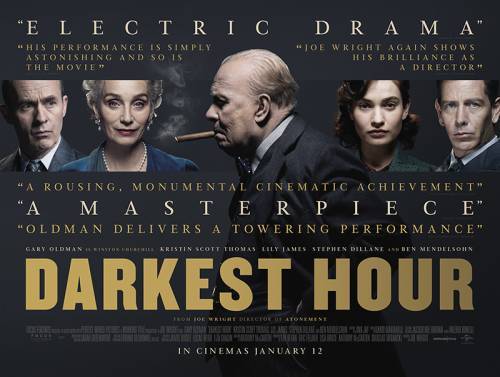
As an avid history scholar and a fan of Gary Oldman, I was very interested to see the combination of both. As expected, this film was a masterpiece which will endure as a pivotal representation of contemporary history.
Directed by Joe Wright, the film opens with a high angle shot as the camera directs the audience to the centre of the action: a parliamentary dispute over Neville Chamberlain’s role as Prime Minister and the subsequent decision to appoint Winston Churchill instead.
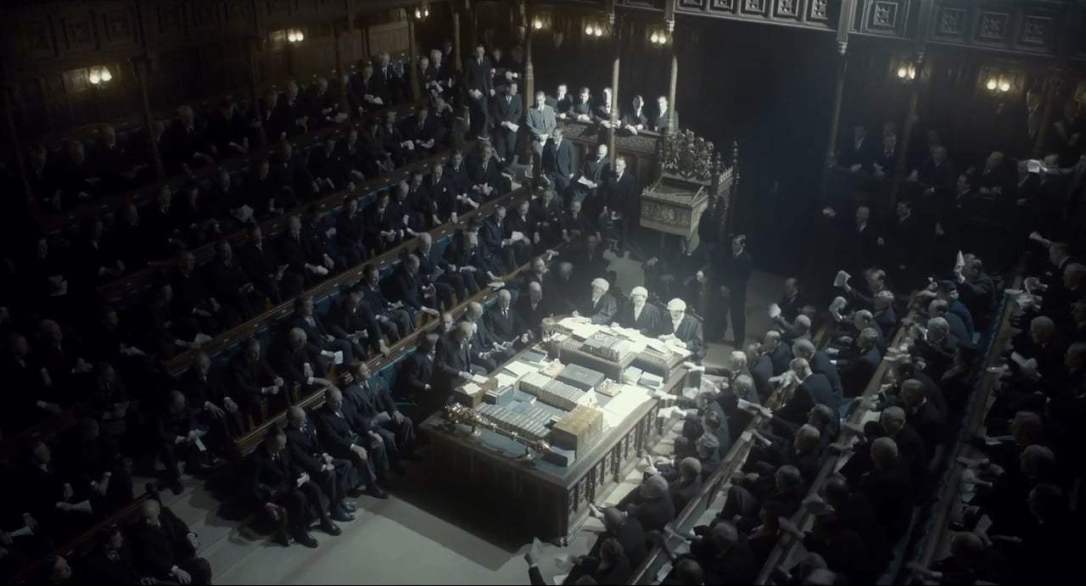
Before meeting the primary character, additional protagonists prepare his new secretary Elizabeth Layton (played brilliantly by Lily James) for her introduction to Churchill.
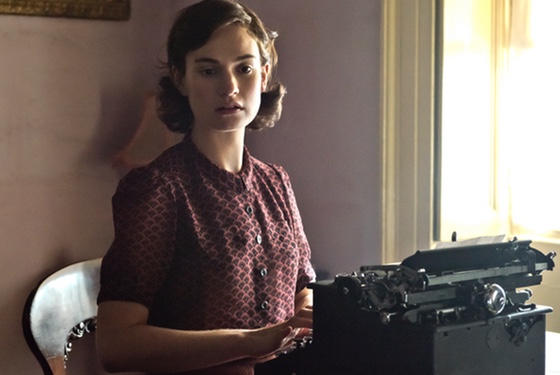
These warnings also establish the tone for the audience on our first meeting with him. One of these cautions is to ensure she types single rather than double spaced which incidentally becomes the reason Elizabeth flees from the room in tears leading his wife (Kristen Scott Thomas) to inform us that: “You are not as kind as you used to be.” This sentiment provokes a shock reaction from her husband and leads the audience to believe that there is a tenderness to his character which is seldom portrayed or acknowledged.
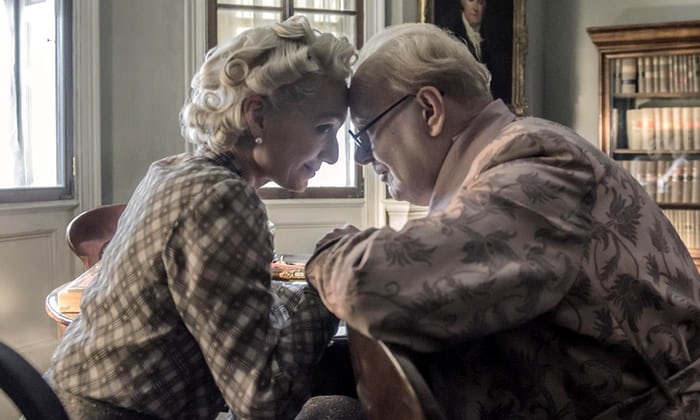
Darkest Hour commences at the beginning of Winston Churchill’s career as British Prime Minister in May 10 1940, during a tumultuous period of European history. The threat of Hitler invading increases daily, but Churchill’s appointment proves wise as he stands firm and withholds such a threat.
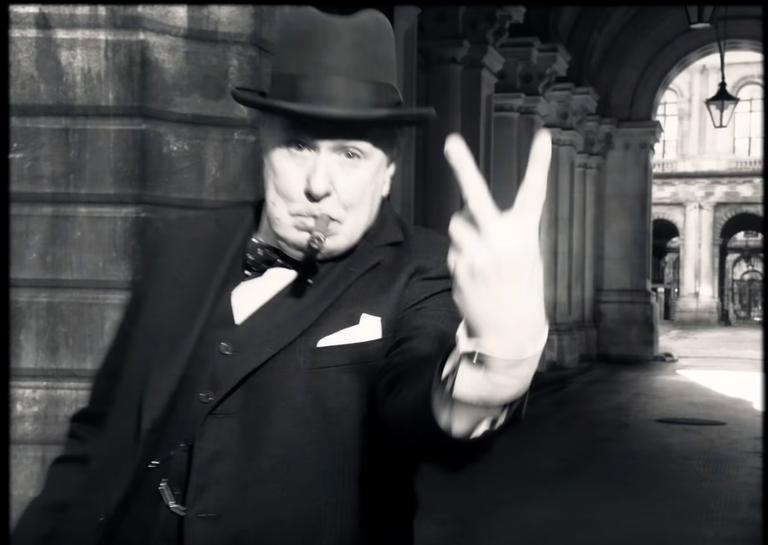
One significant aspect of Wright’s narrative is the attention given to Churchill’s contentious relationship with members of his political party. He is not their first choice of leader but Gary Oldman’s remarkable performance demonstrates why he really was the only man for the job. Not only did he stand up to Hitler, but he also weathered the storm of his colleagues who tried to undermine his authority at every opportunity presented. There is one scene that illustrates this idea perfectly.
During a cabinet meeting concerning the rescue of soldiers trapped on Dunkirk, Halifax and others tried to reason with Churchill that formulating a peace agreement with Hitler was their only hope. After listening to their views quietly for several moments, Gary, as Winston Churchill, finally erupts in the most powerfully, passionate way: “When will the lesson be learned? When? You cannot reason with a tiger when your head is in its mouth!” This is the moment I believe when others started to take Churchill seriously as leader of Britain. Following, one of the most significant moments of the narrative occurs in the subway.
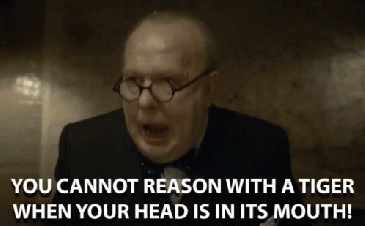
Churchill is late getting to a cabinet conference,so he takes the train which leads him to meet many of the ‘Common Folk’. Initially, people are un-nerved upon seeing the Prime Minister on board the train that many of them probably take regularly.
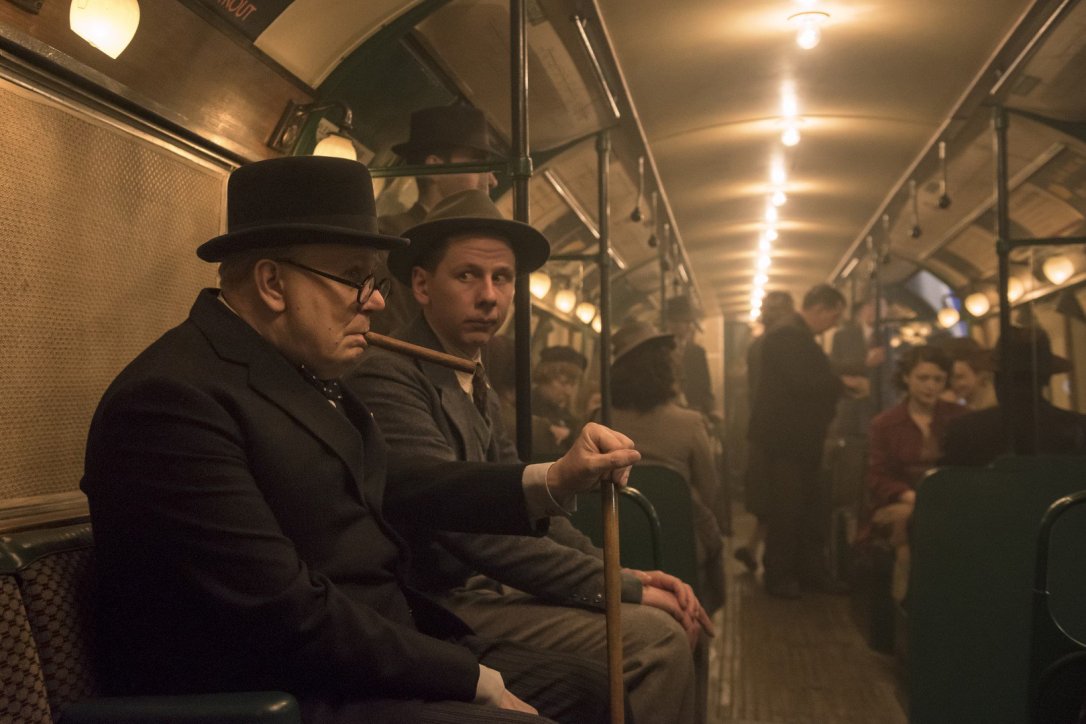
However, once Churchill begins speaking to them in a kind and gentle way, they begin to relax leading to a discussion of the tumultuous state of Europe. When asked if Britain should enter into a peace pact with Hitler, everyone fervently rejects such an idea. From a historical point of view, this scene conveys the respect that ordinary people evidently had for Churchill and they trusted him as leader of their county to do the right thing by them. Then from a cinematic point of view, this scene depicts Churchill’s humane side. He deliberately went out if his way to be kind to the people on board. This correlates to what his wife conveyed to him earlier and it shows that not only did he listen to her but he acted on it too.
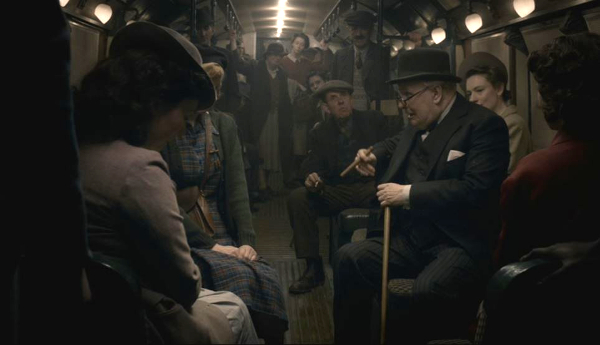
By the end of the film, we see that Churchill has won over many of the dubious subjects within his party. The rescuing of British soldiers from Dunkirk his way, certainly alleviated many doubts in people’s minds of Churchill’s competency as leader. That includes King George VI who sided with Halifax for the first 2/3 of the diegesis in believing Neville Chamberlain was a better leader despite many others considering him too weak to lead and challenge Hitler.
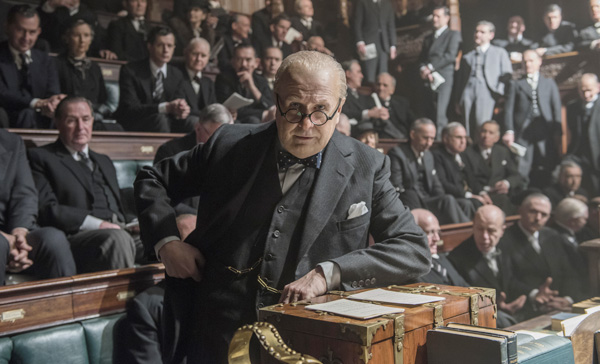
Having seen this film twice (and hoping to go a third time), there are two significant points to take away from it. The first is that Churchill was the leader that Britain needed at this time. He brought strength, resilience and kindness in the face of adversity and stood up to the challenges he faced outside and within his party. Never once did he waiver from his responsibilities to the people that needed him most.
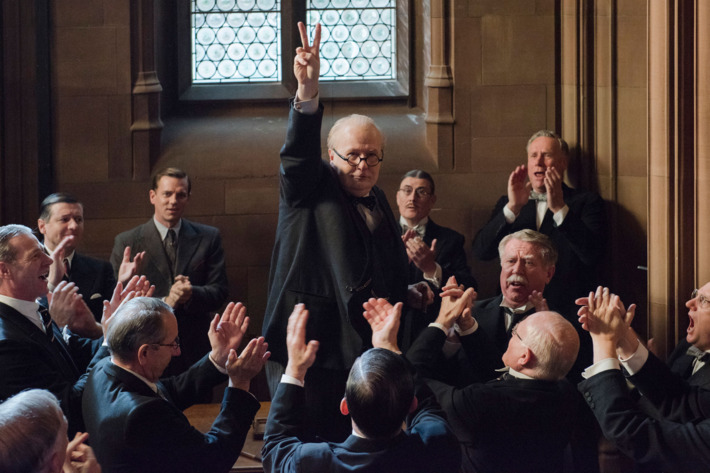
The second point is that Gary Oldman is the ultimate chameleon of this cinematic generation. Only he could portray Winston Churchill with such precision, vigor and charisma. Not only did he physically, emotionally and vocally transform into this ‘larger than life’ character; Gary also introduced Winston Churchill to a whole new generation of people who would only know this man from text books. Because of Gary’s flawless portrayal, we are now in a position to understand the pressures and challenges faced to someone that was responsible for an entire nation during the most tumultuous period of contemporary European history. It is without a doubt the best film of 2018 and absolutely the finest representation of Winston Churchill. If you have not seen it then I strongly suggest you do.

On a final note: Gary Oldman has been waiting thirty years to win an Oscar for any of his outstanding performances. He disgracefully missed out for Tinker Tailor Soldier Spy in 2012. I certainly hope that the Academy will do their job this time and give this incredibly talented, diligent and kind man some Sirius recognition for his magnificent work in Darkest Hour. #theyearofpadfoot
